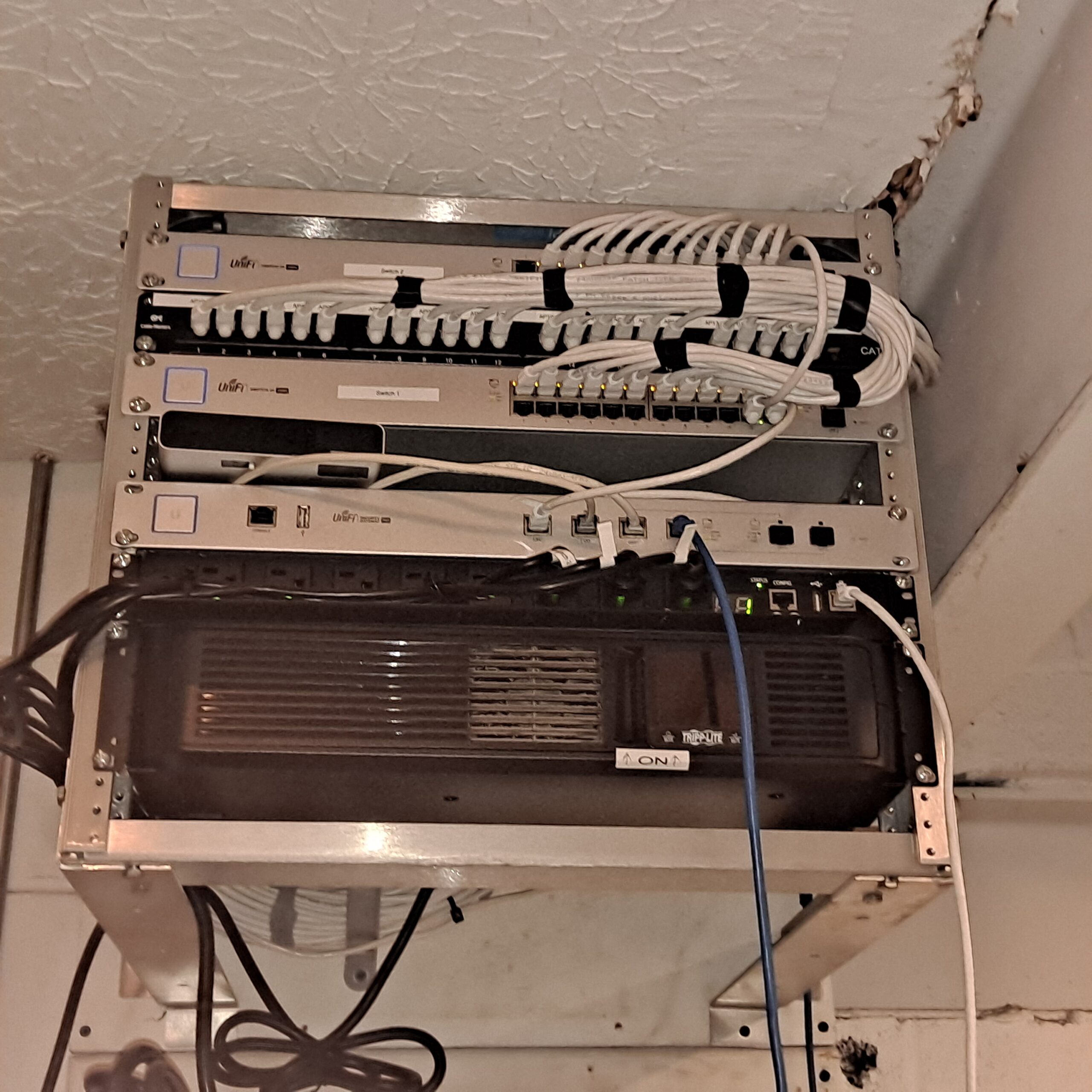Deploying UniFi networks is a common task for IT professionals and Managed Service Providers (MSPs) alike. While the process of adopting UniFi Access Points (APs) into a UniFi Controller is generally straightforward, there are times when adoption errors occur, leading to frustration and delays. This guide provides a comprehensive overview of common UniFi adoption errors and how to troubleshoot them effectively.
Table of Contents
Understanding UniFi Adoption
UniFi adoption is the process where new wireless access points are recognized and managed by the UniFi Controller. During this process, the AP connects to the network, the controller recognizes the AP, and then the controller applies configurations to the AP. While this should be a smooth process, various issues can arise, causing the adoption to fail.
Common Causes of UniFi Adoption Errors
1. Network Connectivity Issues
- DHCP Problems: If the DHCP server is not functioning properly, the AP might not receive an IP address, preventing it from connecting to the controller.
- IP Conflicts: IP address conflicts on the network can cause the AP to fail during the adoption process.
- Cabling Issues: Faulty Ethernet cables or improper connections can disrupt communication between the AP and the controller.
2. Controller Accessibility
- Controller Not Discoverable: If the UniFi Controller is not accessible or not properly configured to accept new devices, the adoption process will fail.
- IP or MAC Filtering: If the controller has IP or MAC filtering enabled, it might block the new AP from being adopted.
3. Firewall and Security Settings
- Blocked Ports: UniFi devices require specific ports (such as 8080, 8443, 8880, and 6789) to communicate with the controller. If these ports are blocked by a firewall, adoption will fail.
- Security Software: Sometimes, security software can interfere with the adoption process by blocking necessary communication.
4. Firmware Mismatch
- Incompatible Firmware: If the AP and the UniFi Controller are running incompatible firmware versions, adoption may fail. It is important to ensure that both are updated to compatible versions.
5. Physical Connectivity and Distance
- Weak Signal: If the AP is too far from other network devices, it might not maintain a strong enough connection for adoption.
- Power Issues: Insufficient power supply (especially with PoE devices) can cause the AP to fail during adoption.
6. Device Misconfiguration
- Incorrect Inform URL: The Inform URL is a critical part of the adoption process. If it is set incorrectly, the AP will not be able to communicate with the UniFi Controller.
- Previously Adopted Devices: If an AP was previously adopted by another controller and not properly reset, it may not be adoptable by a new controller.
Troubleshooting UniFi Adoption Errors
If you encounter an adoption error, follow these steps to troubleshoot and resolve the issue:
Step 1: Verify Network Connectivity
- Check Cabling: Ensure that all cables are properly connected and that the AP is receiving power (via PoE or adapter).
- Confirm DHCP Functionality: Check that your DHCP server is assigning an IP address to the AP. Consider setting a static IP address for troubleshooting purposes.
Step 2: Ensure Controller Accessibility
- Ping the AP: From a device on the same network, ping the AP’s IP address to verify connectivity.
- Check Controller Settings: Ensure that the UniFi Controller is configured to accept and manage new APs and that no IP or MAC filtering is blocking the device.
Step 3: Inspect Firewall and Security Settings
- Review Firewall Rules: Check your firewall settings to ensure that the necessary ports for UniFi communication are open.
- Disable Security Software Temporarily: If possible, temporarily disable security software to see if it is interfering with the adoption process.
Step 4: Update Firmware
- Check Firmware Versions: Ensure that both the AP and the UniFi Controller are running compatible firmware versions. Update them if necessary.
Step 5: Use SSH for Adoption
- SSH into the AP: If standard adoption methods fail, SSH into the AP using its IP address. Use default credentials (typically “ubnt” for both username and password).
- Set Inform URL: Execute the command
set-inform http://[controller_ip]:8080/inform(replace[controller_ip]with your controller’s IP address) to force the AP to attempt adoption again.
Step 6: Factory Reset the AP
- Reset the AP: If all else fails, perform a factory reset by holding the reset button on the AP for about 10 seconds.
- Re-Adopt: After resetting, attempt to adopt the AP again through the UniFi Controller.
Final Thoughts
Adoption errors can be frustrating, but by systematically troubleshooting the potential causes, you can resolve these issues and get your UniFi network up and running. Ensuring proper network configuration, maintaining up-to-date firmware, and understanding the critical components of the adoption process are key to preventing and resolving adoption errors.
For MSPs and IT professionals managing multiple UniFi networks, consider leveraging cloud-hosted UniFi Controllers like those offered by UniHosted. Cloud-hosted controllers provide enhanced reliability, scalability, and ease of management, making them an ideal solution for large-scale deployments.
This article is part of our ongoing series on UniFi network management. Stay tuned for more tips and best practices.

